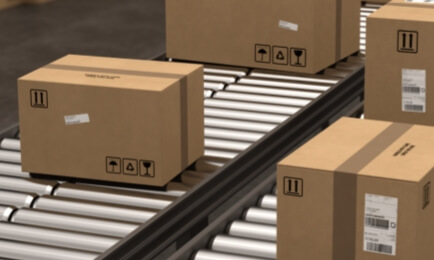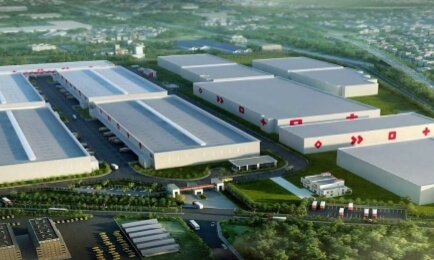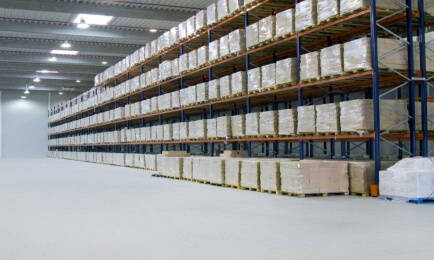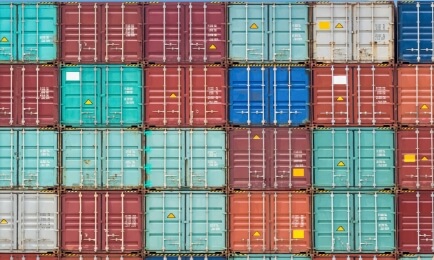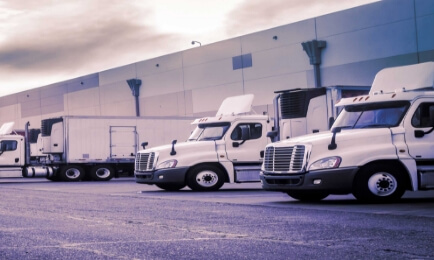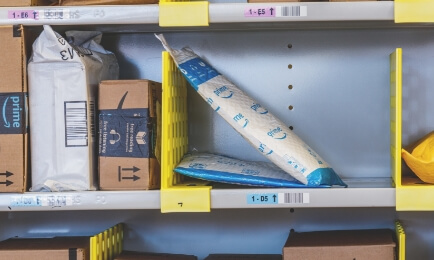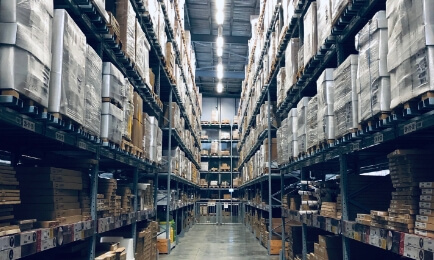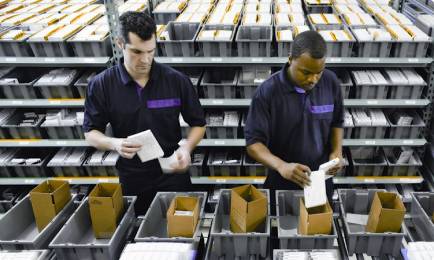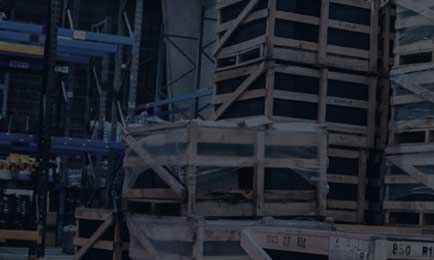Do you know where the significant expense of the logistics channel is focused? Last-Mile Delivery is the most costly part of the delivery process. Not only is it expensive, but it is also the most complex part, bearing in mind the recent challenges of delivery responsiveness and product variety.
We can imagine how important it is to shorten the last mile distribution, whether in time or expense. So here are some approaches that would help.
1. Decentralization - Locating near end-user
The managed decentralized logistics network is much more flexible than the centralized one and has its advantages. Companies like Amazon and Stockarea use a decentralized network and a hyper-local distribution system.
Forward Stocking Locations (FSL) is another feature that tends to minimize last-mile costs. They are mini warehouses near end-user locations that are designed to reduce shipping costs, manage dispersed inventory and help the business meet service level requirements. They take care of stock allocation depending on consumer tastes, and that's how they add to companies' success.
2. Choosing the right Carrier Service
With the ever-increasing need to distribute less bulky shipments at various locations and a crowded environment, firms understand the value of selecting the exemplary carrier service. Third-Party Logistics (3PL) logistics providers eliminate several costs from the end-mile process, such as costs of customer portal or app requirements, live shipment tracking, and route optimization with GPS tracking.
Outsourcing these logistics services can cut costs by huge margins.FSL (Forward Stocking Locations) decreases freight costs, reduces turnaround time, and increases customer experience.
3. Technology Factor
According to Statista, by 2030, the autonomous last-mile distribution industry is projected to rise to almost US$85 billion from US$11.9 billion in 2021. Automation of the last mile delivery channel would optimize the process's performance and boost the profit margin. For example, the WMS (Warehouse Management System) improves the efficiency of the warehouse. Inventory visibility leads to greater transparency of the supply chain or improved coordination of shipments' real-time movement to the last-mile centers. This improvement in productivity decreases the expense of inventory holdings and thus adds to the supply chain's flexibility. Big Data and Analytics will help you choose the right location of the last-mile centers or FSL based on patterns and consumer expectations.
4. Transportation Strategy
Crowdsourced services are meant to reduce the last-mile costs. While crowdsourcing builds the number of accessible shippers, it isn't generally the most practical conveyance solution. However, this model is extremely flexible and so the businesses can balance the demand and shippers they deal with. The next alternative is the selection of vehicles, depending on traffic conditions, or geographical areas that need to be served. For instance, LTL is preferred for areas with traffic congestion.
Choosing the right load distribution and vehicle maximizes the Vehicle Fill Rate(VFR), reducing transportation costs and time spent by the package in-transit. Route Optimization software delivers services based on traffic conditions; volume carried, estimated arrival time, and load distribution.
5. Reverse Logistics
Delivery of the package to the user would not bring an end to the customer satisfaction process. Many items ordered online are returned compared to retail stores. An easy return process thus increases consumer satisfaction, which is the goal of last-mile services. Companies see benefits such as increased sustainability and reduced inventory holding costs from goods entering reverse logistics.
Each of these steps for diminishing last-mile costs requires better integration between operations and delivery teams by maximizing the backend logistics process.
Talk to an expert today 



